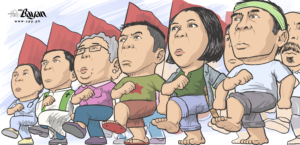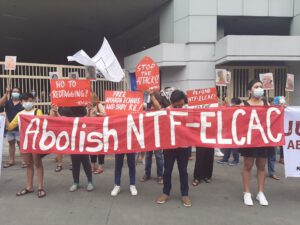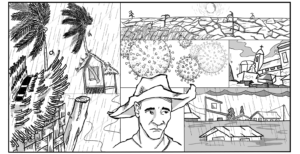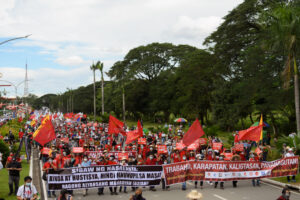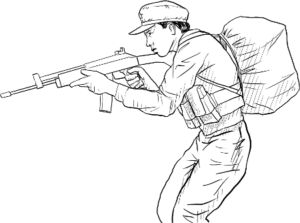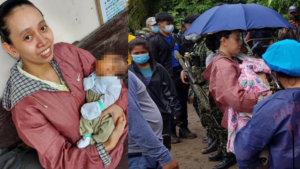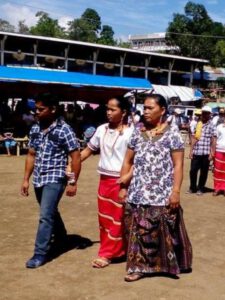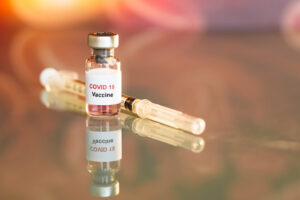Overcoming the pandemic in Cuba

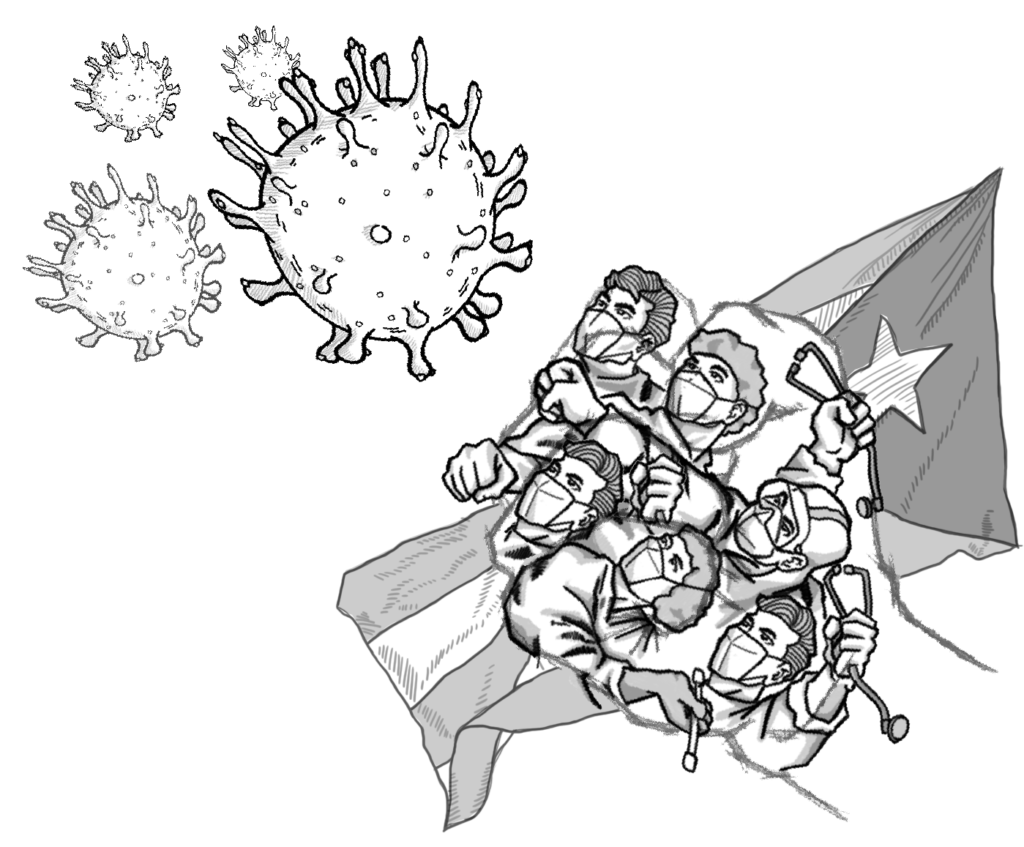
First part of the two-part series on the Cuban state and people’s response to the Covid-19 pandemic.
Key to Cuba’s response to the Covd-19 pandemic is its national health system which is free, universal, accessible to 100% of the population, based on primary health care and ran by quality community doctors and nurses. Cuba is one of the countries which has been able to control the pandemic early.
Cuba’s national Covid-19 response plan was drafted and developed early. In January, there was already a national strategy in place tailored for all government agencies, and civic and people’ organizations. It formed the Temporal National Group headed by the country’s president, Miguel Diaz-Canel Bermudez. The group is tasked to to assess the national situation daily and come up with clear guidelines. In territories, defense councils were activated to implement plans in accordance to specific characteristics of their areas. The Technical National Group, headed by the Public Health minister, was put in charge of its daily implementation.
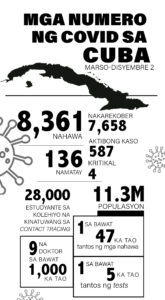 Infection prevention at the community level became the country’s general response. Family doctors who were based in villages stood at the forefront of this program. Prevention, care for the infected and continuing disease surveillance is ensured at this level. This localized system is able to rapidly adjust to rising infection cases. It has the capacity to provide specialized or hospital-level care when necessary because of the spread of clinics and hospitals and high level of capability of doctors and nurses.
Infection prevention at the community level became the country’s general response. Family doctors who were based in villages stood at the forefront of this program. Prevention, care for the infected and continuing disease surveillance is ensured at this level. This localized system is able to rapidly adjust to rising infection cases. It has the capacity to provide specialized or hospital-level care when necessary because of the spread of clinics and hospitals and high level of capability of doctors and nurses.
There are nine doctors for every thousand people in Cuba. It has one of the highest doctor-patient ratio, next only to Qatar and Oman. The country has a total of 485,000 health workers. (The Philippines’ doctor-patient ratio, on the other hand is one for every 33,000.)
Cuba ensured that the virus will be controled by actively tracing those who have been infected by conducting a 100% door-to-door survey, and by giving special attention to vulnerable groups. Disease surveillance was strictly carried out by 10,000 community clinics, 449 municipality clinics, 150 hospitals and 12 research institutes. The state recruited 28,000 university students, especially medical students, to participate in door-to-door surveys. Through this system, the state was able to immediately control the spread of the disease in areas with relatively high infections, as those infected and their contacts were promptly isolated.
Cuba also had to impose restrictions which included closing its borders to tourists from April 2, and mandating the wearing of face masks and maintaining physical distancing. Cuba opened its airports and seaports in August.
Cuba strengthened its testing capacity to cover 1 out of every 5 citizens. The state gave free accomodation to 150,000 suspected cases and their contacts, 5% of whom were later confirmed positive. The costs for this program were high but the state persisted. Pres. Bermudez reiterated that it is the state’s “nonnegotiable principle” to look after the people which it considers its “main treasure.”
Cuba also strengthened its hospitals. All patients testing positive for Covid-19 are admitted and equipment such as ventilators are ensured. The country allocated 20 hospitals, 5,000 beds and 447 intensive care beds for the infected.
A group of experts and scientists was organized to undertake scientific studies on clinical procedures and to develop protocols and researches on products and medicines against Covid-19. Cuba has an advance pharmaceutical and biotechnological sector and it has the capacity for research and manufacturing. All their researchers, testing and investigations are publicly available and can be read in medical publications. This is in contrast to competitive and secretive imperialist countries and monopoly pharmaceutical companies who also happen to engage in information theft.
In October, Cuba reopened its airports and seaports to tourists and all visitors. (These were opened in August but major airports, as well as the capital Havana, were closed down after the second wave of infections.) Schools were opened on September 1 to finish the semester. Except for Havana, the rest of the country has already returned to normal.
On December 2, Cuba was listed as 126th among the 185 countries affected by the pandemic. It registered more than 8,000 infections, with 7,600 recoveries and 136 deaths. There are almost 600 active cases but only four are critical. It has carried out more than a million tests.

